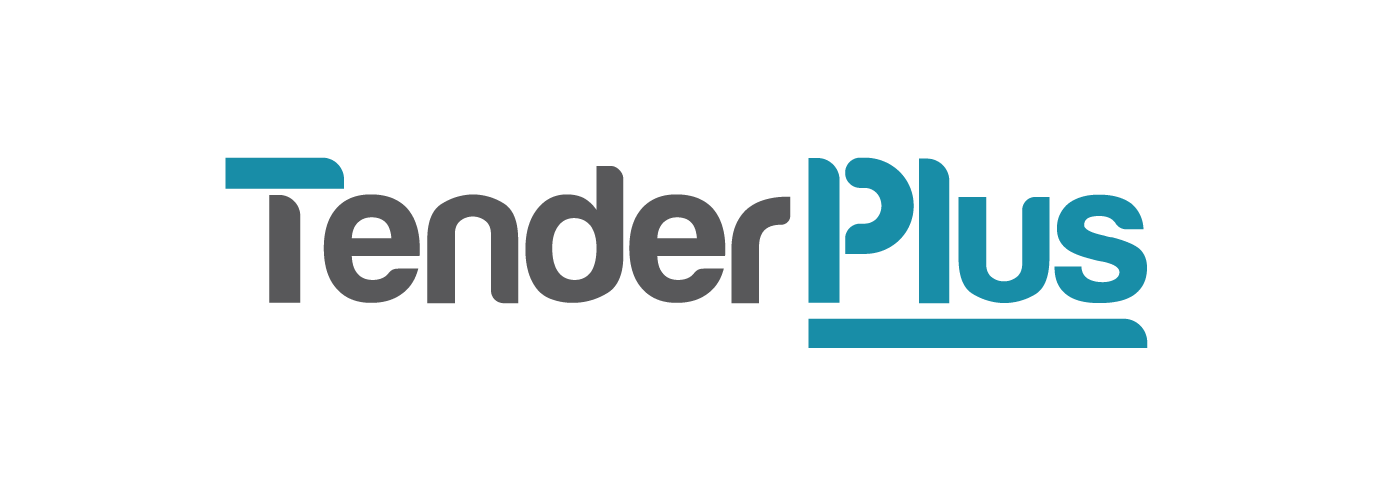What we learn from losing bids
By Laura Moylan, Tender Specialist, Perth.
Winning bids is hard work.
When you’ve put your heart and soul into the perfect proposal only to hear that your carefully curated submission didn’t make the cut, it can really sting. The good news is that we often learn the greatest lessons during our setbacks.
Let’s be honest: Many bids are won on price. But that doesn’t mean there aren’t other factors at play too. Let’s decode some of the areas where we might be falling short:
Compliance
Have we followed the mandatory instructions provided in the RFT document like briefing attendance, page limits and submission formats?
Key Personnel
Have we selected the best people with the right skills and experience for our team?
Experience
Is our organisation’s experience relevant to the project we are tendering for?
Methodology
Have we addressed the client’s major pain points in our delivery approach?
Commercial
Have we been over the top with our contract departures?
Value for Money
Does our offer feature benefits for the client that set us apart from the competition?
Here are a few simple things we can do to learn more:
Tip #1 - DON’T skip the briefing!
This is the client’s – sometimes only – opportunity to tell us in their own words what is important to them and what they expect from us. Take note of what concerns they raise around delivering the project and think about how your offer can include solutions to these issues.
Use this chance to build rapport with the person running the meeting – they’re usually also the person managing the project, so they can tell you the potential pitfalls to avoid!
In tendering, it helps to know the right people. So if people know who you are and what you do, there’s a good chance you’ll be invited to tender when the next project comes along.
While you’re at the briefing, don’t forget to scope out your competition. Knowing who you are up against and what they will offer helps you work out your own differentiators and where you can offer value to the client. But if you’d rather make friends instead, you can also form strategic partnerships to strengthen your own offer.
Tip #2 – Are you evaluating the Evaluator?
For your proposal to stand out, you need to understand who is reading it. What matters to them? What influences their decision-making?
The first place to look at is the Evaluation Criteria usually provided in the RFT document. Pay close attention to which criteria is mentioned and how each criterion is weighted. This information tells us a lot about what is important to the client.
For example, if Key Personnel is weighted much higher than Methodology, it indicates that the client wants to be confident that you have nominated your most experienced and skilled team to deliver the work. At the same time, consider providing a less detailed, high-level methodology.
Only by combining this knowledge with what we learn at the briefing can we craft a tender that truly connects with the client.
Tip #3 – There is no such thing as knowing too much.
Always. Seek. Feedback.
Put simply, we don’t know what we don’t know (yet), and we can only improve the outcome of future submissions once we understand how we stacked up against the competition. Our best chance of getting these details is through a debrief with the client. Make sure that you’re getting answers to these questions:
Where can we improve?
Which areas did we do well?
How did we compare in both price and non-price areas overall?
What would you have liked to see that would’ve sealed the deal?
So, what do we learn from losing bids? Just everything we need to do to win them in the future.
